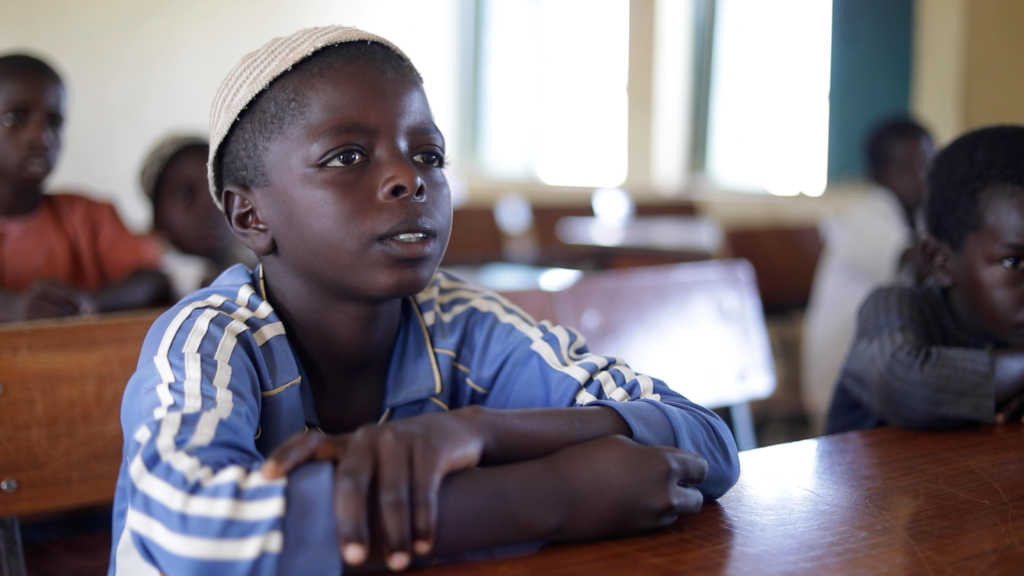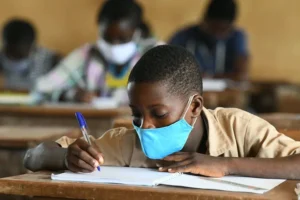The Federal Government of Nigeria has unveiled an ambitious national strategy to tackle the country’s growing learning crisis, with a target to lift approximately 39 million children out of basic literacy and numeracy deficiencies. The move is a direct response to the alarming rate of learning poverty, which has left a majority of Nigerian children unable to read or solve simple math problems by age 10.
The initiative, driven by the Federal Ministry of Education and supported by global development partners, signals a transformative shift in how Nigeria addresses foundational education challenges across its public school system.
Understanding Learning Poverty in Nigeria
Learning poverty refers to the percentage of 10-year-old children who cannot read and understand a simple age-appropriate story. According to the World Bank and UNICEF, 70–80% of Nigerian primary school children fall into this category. These children, even when enrolled in school, often fail to acquire essential skills due to a combination of overcrowded classrooms, undertrained teachers, poor infrastructure, and a lack of learning materials.
The Federal Government’s new education blueprint now places foundational learning at the core of its basic education policy.
Core Goals and Interventions of the Learning Recovery Plan
The plan, which aims to improve foundational learning outcomes by 2027, includes:
-
Remedial Literacy and Numeracy Programmes: Intensive catch-up initiatives for children who have fallen behind in reading and arithmetic.
-
Early Grade Reading and Math Curriculum Reform: Strengthening the curriculum from Primary 1–3 to align with evidence-based teaching practices.
-
National Assessments and Tracking: Introducing a robust system for assessing learning outcomes to inform policy and classroom interventions.
-
Teacher Training and Deployment: Retraining over 500,000 teachers nationwide to deliver foundational skills more effectively and assigning them to critical areas.
-
Technology-Enhanced Learning: Expanding digital platforms and radio/TV education to reach learners in remote and underserved communities.
The plan also focuses on inclusive education, targeting children with disabilities, internally displaced children, and out-of-school children re-entering the system through community-based education hubs.
Massive Scale of the Challenge
Currently, Nigeria has the highest number of out-of-school children globally, estimated at over 10 million. But even among enrolled pupils, quality of learning remains abysmally low. Research by UNESCO and UWEZO reveals that fewer than 30% of pupils in Primary 6 can read a full sentence or solve a two-digit subtraction problem.
The Federal Government’s initiative to reach 39 million learners—across public and non-formal education platforms—is aimed at closing this devastating learning gap.
Key Partners and Funding Commitments
The initiative is receiving technical and financial support from multilateral organizations such as the World Bank, UNICEF, Global Partnership for Education (GPE), and USAID. Some states—like Kaduna, Lagos, and Edo—are already piloting successful early learning reforms that the Federal Government hopes to replicate nationwide.
In the 2025 education budget, the government allocated billions of naira to foundational learning, teacher development, and school infrastructure improvements. Additionally, Nigeria’s endorsement of the Global Declaration on Learning Recovery demonstrates its international commitment to ending the learning crisis.
Addressing Regional Disparities
While the learning poverty crisis affects all six geopolitical zones, northern states—particularly those affected by insecurity and poverty—bear the heaviest burden. The plan includes specific targets for girls’ education, children in internally displaced persons (IDP) camps, and nomadic communities.
Minister of Education, Prof. Tahir Mamman, stressed, “No nation can progress if its children cannot read or count. The scale of this crisis demands urgent, sustained, and coordinated national action.”
Long-Term Impacts and Accountability
The success of this foundational learning reform will have far-reaching implications for Nigeria’s socioeconomic development. Children equipped with literacy and numeracy skills are more likely to transition into higher education, access better jobs, and break the cycle of poverty.
A dedicated national monitoring team, along with state education boards, will track implementation progress, ensure transparency in fund utilization, and publish annual learning outcome reports.
Ultimately, Nigeria’s plan to lift 39 million children out of learning poverty represents a historic opportunity to redefine its education system and future.






